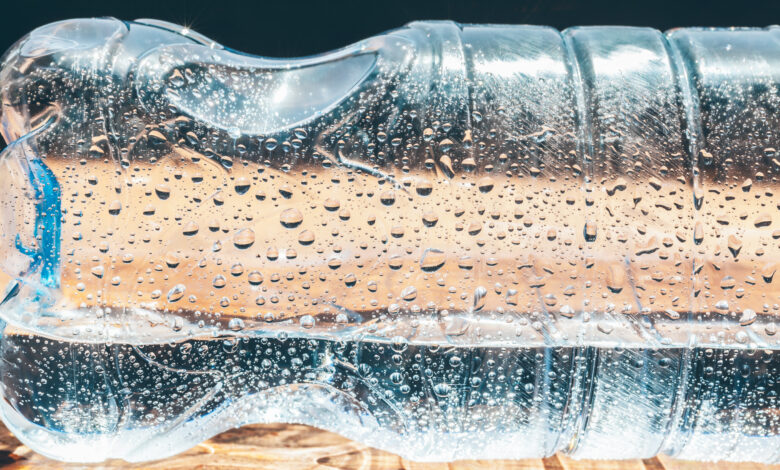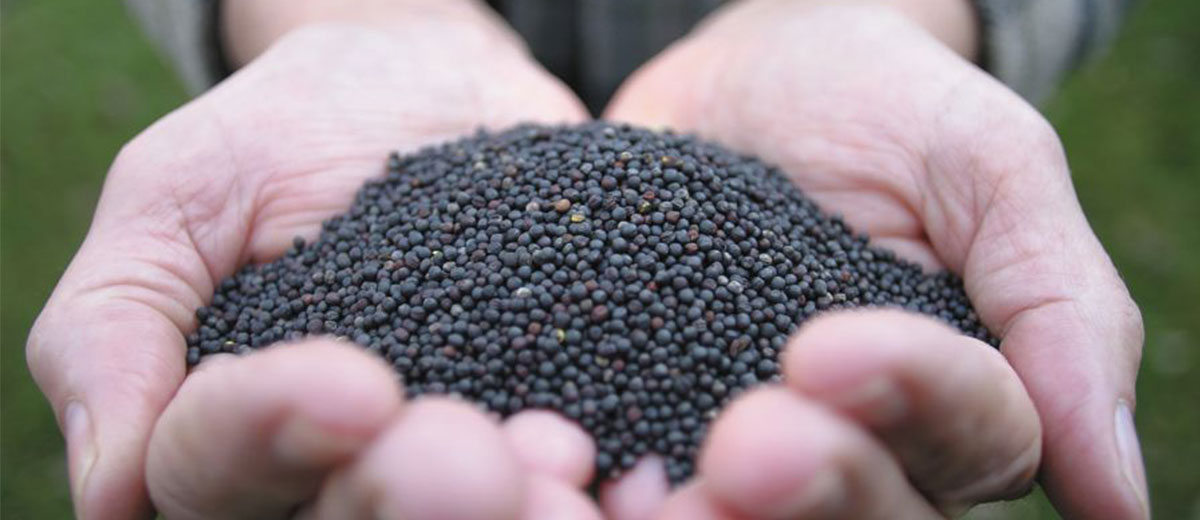
Quarter Million Invisible Nanoplastics found in Average Liter of Bottled Water
A groundbreaking study utilizing a dual laser microscope has revealed that an average liter of bottled water contains nearly 250,000 tiny nanoplastic particles. This discovery, made by researchers at Columbia and Rutgers universities, marks the first time such particles have been detected and categorized in bottled water. Analyzing five samples from three popular bottled water brands, the researchers found that particle counts ranged from 110,000 to 400,000 per liter, averaging around 240,000, as reported in a recent issue of the Proceedings of the National Academy of Sciences.
These particles are smaller than a micron, with a human hair measuring about 83 microns in width for comparison. Prior research focused on larger microplastics, but this study found nanoplastics to be 10 to 100 times more prevalent in bottled water.
The study’s lead author, Naixin Qian of Columbia University, suggests that much of the plastic likely originates from the bottles themselves and the reverse osmosis filters used in processing. The specific brands studied were not disclosed, as further research is needed.
The health implications of these nanoplastics are still unclear. The International Bottled Water Association highlights the lack of consensus on the health impacts of nano- and microplastics, while the American Chemistry Council has not commented.
This plastic pollution issue aligns with United Nations Environment Programme reports on the global plastic crisis. In response to their findings, the study’s authors are reducing their bottled water consumption, despite concerns about filters potentially introducing plastics.
External experts commend the study but note that the risks posed by fine plastic particles remain uncertain. Jason Somarelli of Duke University expresses concern about the additives in plastics, while Zoie Diana of the University of Toronto points out the risk of small particles crossing biological barriers.
Kara Lavender Law, an oceanographer, sees potential in this new detection method, while Denise Hardesty, an Australian oceanographer, emphasizes the need for context regarding the amount of nanoplastic found.
As the debate continues, researcher Beizhan Yan recommends using reusable bottles to those concerned about plastic consumption, and is investigating nanoplastic levels in various municipal water supplies.








































